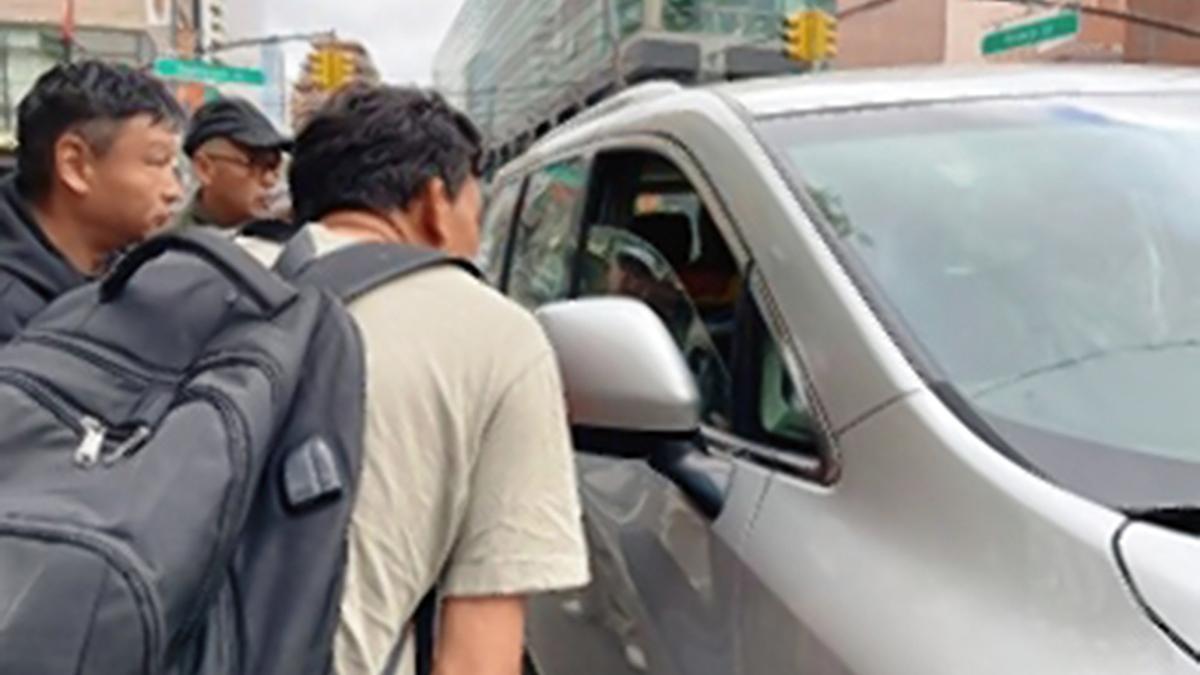
Chinese immigrants condemn Trump’s ‘migrant army against U.S.’ narrative
The Hindu
Chinese immigrants in Flushing face daily hardships, contradicting claims of forming a military force in the U.S. by Trump and Republicans
It was 7 a.m. on a Friday when Wang Gang, a 36-year-old Chinese immigrant, jostled for a day job in New York City’s Flushing neighbourhood.
When a potential employer pulled up near the street corner, home to a Chinese bakery and pharmacy, Mr. Wang and dozens of other men swarmed around the car. They were hoping to be picked for work on a construction site, at a farm, as a mover — anything that would pay.
Mr. Wang had no luck, even as he waited for two more hours. It would be another day without a job since he crossed the southern U.S. border illegally in February, seeking better financial prospects than he had in his hometown of Wuhan, China.
The daily struggle of Chinese immigrants in Flushing is a far cry from the picture former President Donald Trump and other Republicans have sought to paint of them as a coordinated group of “military-age” men who have come to the United States to build an “army” and attack America.
Since the start of the year, as the Chinese newcomers have been trying to find their footing in the U.S., Mr. Trump has alluded to “fighting-age” or “military-age” Chinese men at least six times and suggested at least twice that they were forming a migrant “army.” It’s a talking point that is being amplified in conservative media and on social platforms.
“They are coming in from China — 31,000-32,000 over the last few months — and they are all military age and they mostly are men,” Mr. Trump said during a campaign rally in Schnecksville, Pennsylvania, last month. “And it sounds like to me, are they trying to build a little army in our country? Is that what they are trying to do?”
As Mr. Trump and others exploit a surge in Chinese border crossings and real concerns about China’s geopolitical threat to further their political aims, Asian advocacy organisations worry the rhetoric could encourage further harassment and violence toward the Asian community. Asian people in the U.S. already experienced a spike in hate incidents fueled by xenophobic rhetoric during the COVID-19 pandemic.











